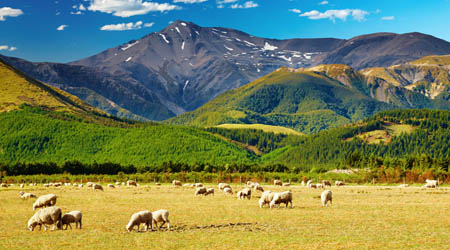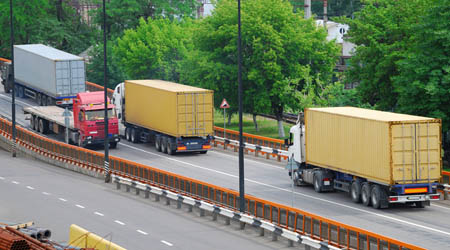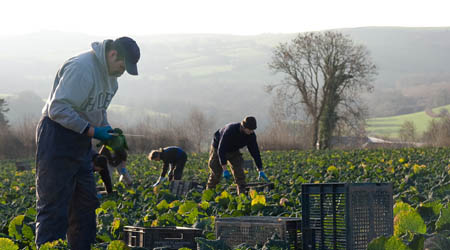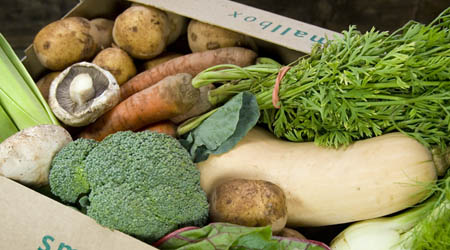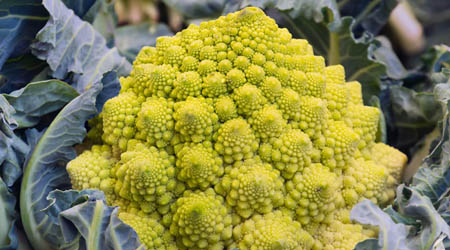FOOD MILES
What’s growing now in the fields where you live? Have you noticed?
Or perhaps you don’t live in a place where you can watch crops and animals grow and change over the year. The chances are that wherever you live, the food in your fridge or kitchen cupboard is not supplied by your neighbours, but has travelled far. How far?
Well there’s a good chance it has crossed an international border to get to you. For example Britain does not produce all the food Brits want to eat – it imports or buys in forty per cent (almost half) which is more than at any other time.
Here’s a video about how green beans grown in Kenya get to supermarket shelves in the UK. Click on our question box for things to think about whilst you are watching.
The Green Bean Story
This film was made by Green Shoots Productions for the FRICH-supported initiative with LEAF, Waitrose and exporters of African fresh fruit and vegetables to Europe.
This is just one example of how your life is touched by many different people around the world.
In the UK we eat lamb from New Zealand, tomatoes from the Netherlands, and Basmati rice from Pakistan to name but a few gorgeous items of grub. So if you eat a lamb curry it could have racked up a combined journey of about 14,650 miles (or 23,500 km) to get to you. Here’s how:
- Lamb from New Zealand: 11,000 miles
- Tomatoes from the Netherlands: 250 miles
- Rice from Pakistan travelled: 3,400 miles
- Lamb + tomatoes + rice = 14,650 miles (23,500 km)
Agriculture in every country of the world is limited by physical factors like rainfall and temperature which means that people can’t always grow exactly what they’d like to eat, when they’d like to eat it. So shops and supermarkets buy things in the global market on our behalf.
But is there a cost to eating food from far away? Food miles mean energy has been used to package, preserve and transport your food. Burning fossil fuels to move a lorry or create electricity to refrigerate the truck releases climate changing gases, like carbon dioxide, into the atmosphere. The build up of these gases in the atmosphere is resulting in the challenge of global warming.
OK, so let’s buy locally and buy provisions with low food miles – that will be more environmentally friendly won’t it? Well it could be, but you need to find out about how your food is produced in the first place.
If your local farmer uses fertilisers made with fossil fuels to help her crops grow, sprayed from a tractor burning diesel, her food may be more damaging to the planet than air-freighted fruit or veggies from Africa, grown without chemicals and packed by hand. There are certainly no easy answers when it comes to the environment and farming.
Don’t forget that when you get in your car to go to the shops you are adding food miles and greenhouse gas emissions. On average each adult in the UK travels 135 miles (217 km) per year by car to shop for food, usually to large supermarkets.
Or could the food come to you? Riverford is a veg. box company based in the South West of England, in Devon, that has tried to reduce its ‘carbon footprint’ (or the amount of greenhouse gases released as a result of what it does).
Riverford delivers many thousands of boxes of fruit and vegetables to doorsteps across the UK every week, from four farms based in Devon, Hampshire, Cambridgeshire and Yorkshire, importing just 20% of their produce from elsewhere in Europe by sea.
The company grows fruit and vegetables organically (without artificial fertilisers) and gives its customers what’s ‘in season’ or ready to harvest each week, so there’s always a fresh surprise. Do you know what this is? Click on the Dare to Look button to find the answer.
Questions about the film
- How do you think vegetables travel from Africa to Europe? (Remember they have got to be fresh enough to eat when they arrive!)
- Watch the Green Bean Story and try to count how many people are involved in this supply chain and make a note of their different jobs?
- What does carbon footprint mean?



